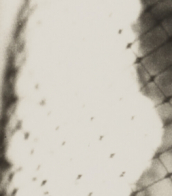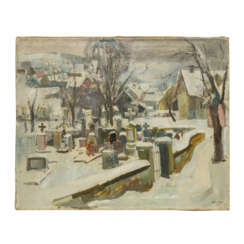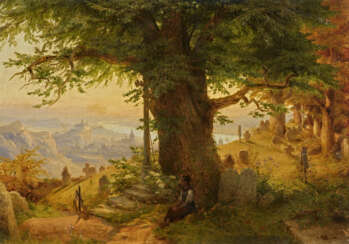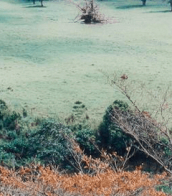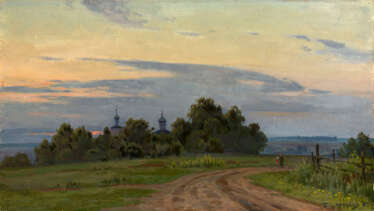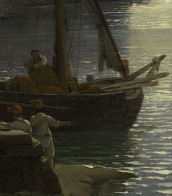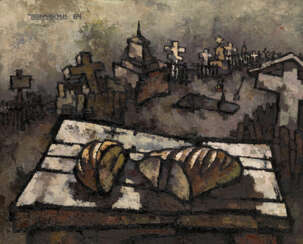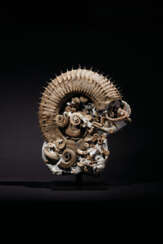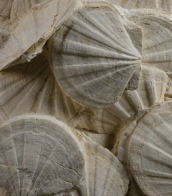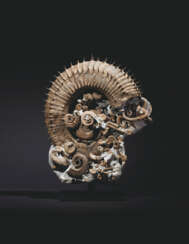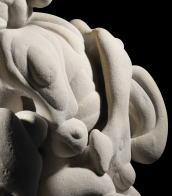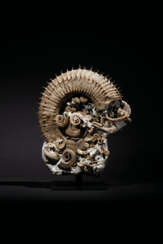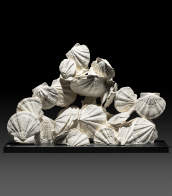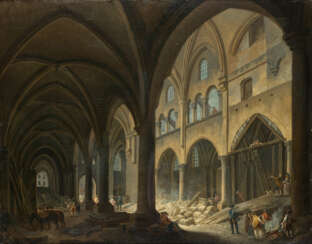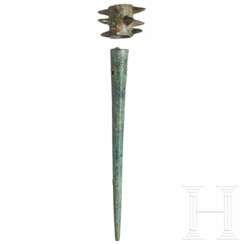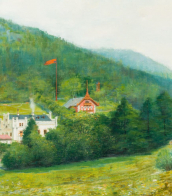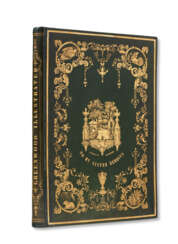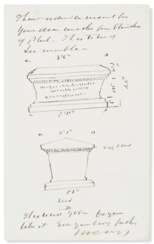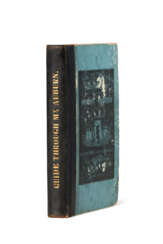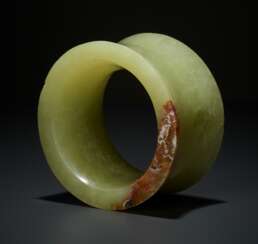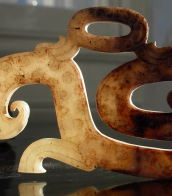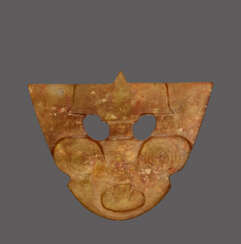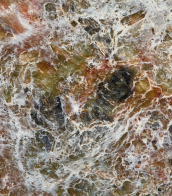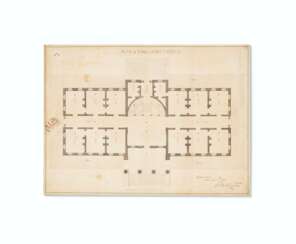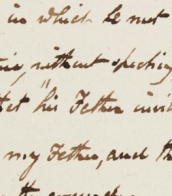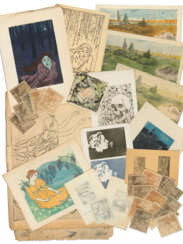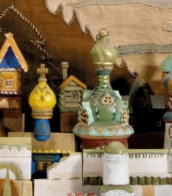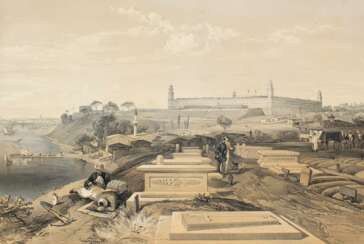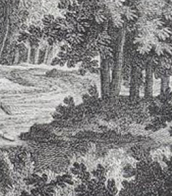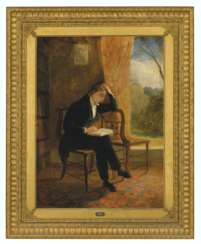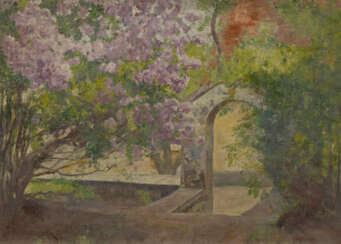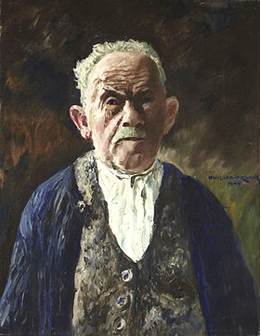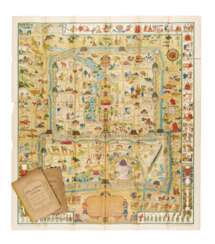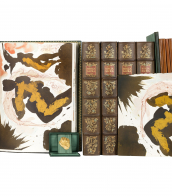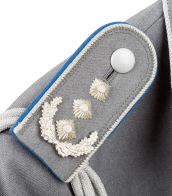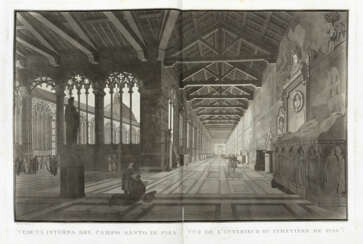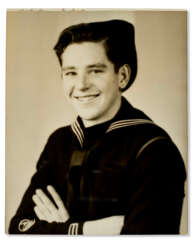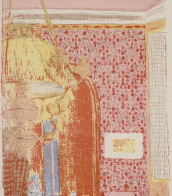cemetery
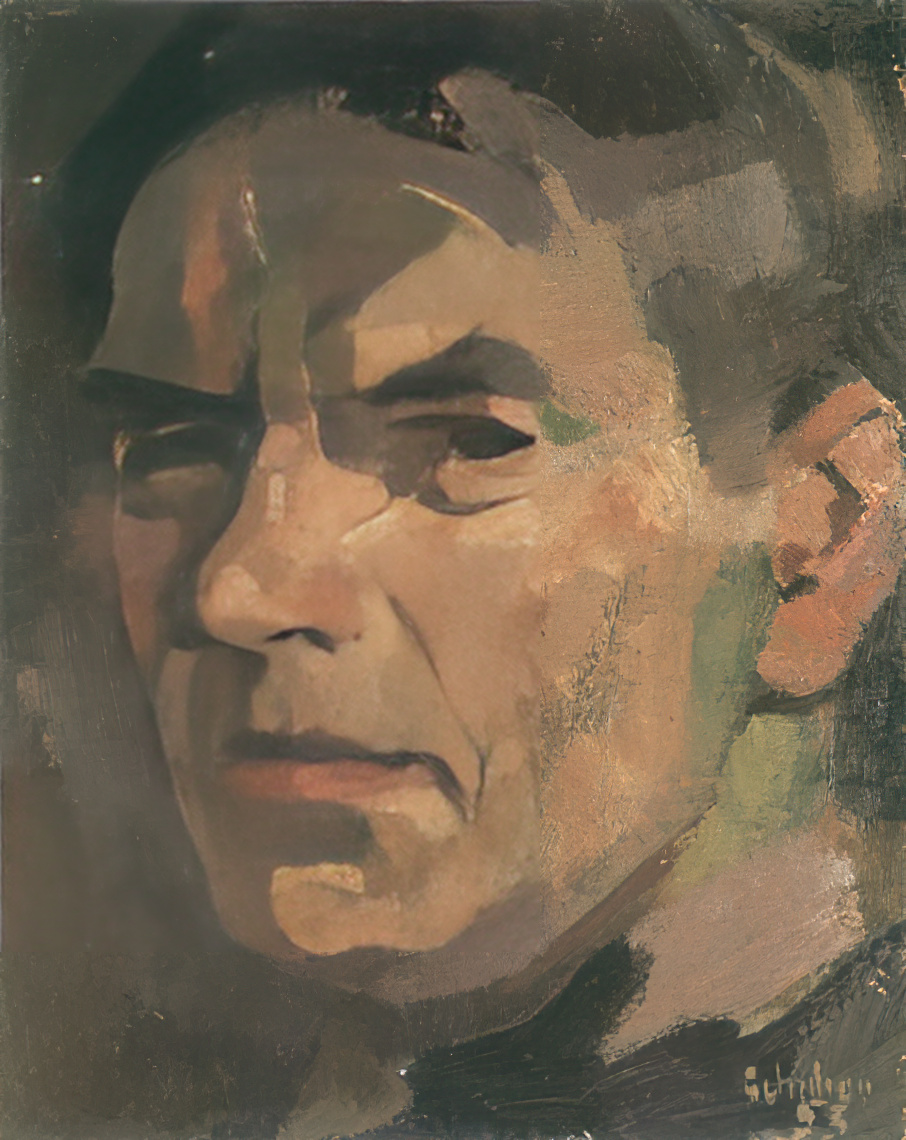
Peter Jakob Schober was a prominent German painter associated with Expressive Realism. Despite facing adversity during World War I and II, he remained committed to art and exhibited remarkable resilience. His artistic journey took him from Stuttgart to Paris, where he drew inspiration from Impressionism and Cézanne's techniques. Returning to Germany, he embarked on a successful career as an artist, receiving numerous commissions for art am Bau.
Schober's work expanded beyond Germany through his travels to Spain, France, Italy, and North Africa. His involvement in art organizations, including chairing the Stuttgarter Sezession, solidified his influence. The accolades and recognition he received, such as the Bundesverdienstkreuz and professorship, celebrated his artistic excellence. Peter Jakob Schober's impact on the art world remains enduring and profound.
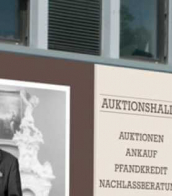
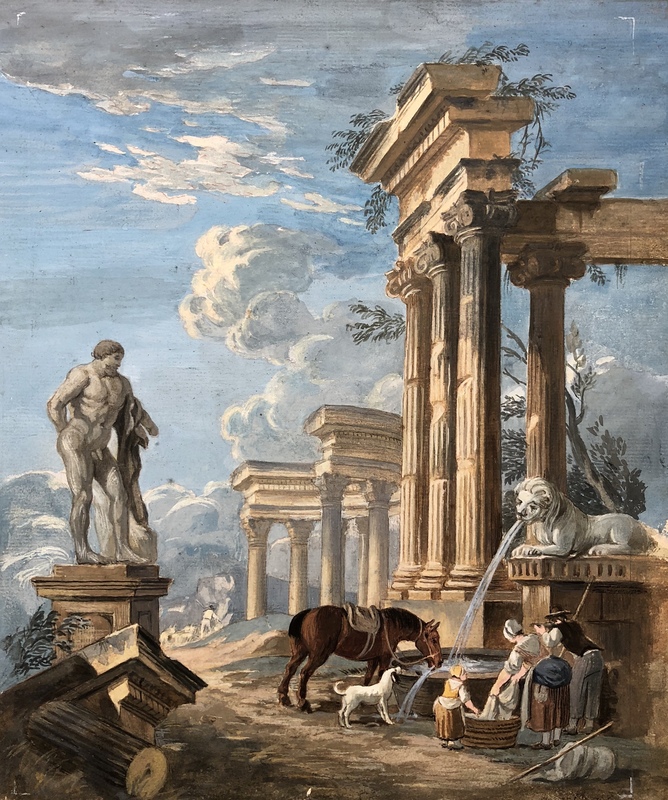
Pierre-Antoine Demachy was a French painter and master of architectural landscapes.
He studied architecture at the Royal Academy of Painting and Sculpture and specialized in drawing ruins, architectural structures and scenery. Due to his success in his art, he became a royal master of architectural decorations for entertaining events. Demachy also taught students of painting at the Louvre Palace.


William Shakespeare was a British poet and playwright and writer.
William's father, John Shakespeare, was a merchant and official in Stratford. There are reports that he was a sailor for a time before joining a theater company in London. Beginning in the 1590s, Shakespeare began writing plays, and in 1593 he published a poem, Venus and Adonis, which became popular. He dedicated it to the Duke of Southampton, who was a philanthropist and patron of talent, and soon his business was booming.
From 1592 to 1600 Shakespeare wrote his dramas and romantic comedies "Richard III", "The Taming of the Shrew", "Romeo and Juliet", "A Midsummer Night's Dream" and "The Merchant of Venice", as well as the comedies "Much Ado About Nothing", "Twelfth Night" and the tragedy "Julius Caesar". The playwright's business was so successful that he even bought a large house in Stratford. In 1599, Shakespeare became one of the owners, playwright and actor of the new theater "Globe". In 1603 King James took Shakespeare's troupe under his direct patronage. In the mature period, the great playwright turned to tragedies, there were "Hamlet", "Othello", "King Lear", "Macbeth" and others.
Although in the 19th century researchers had some doubts about the authorship of many of these works, William Shakespeare is considered the greatest English playwright, one of the best playwrights in the world. His plays have been translated into all major languages and to this day form the basis of the world theatrical repertoire, most of them have been screened many times. According to the Guinness Book of Records, Shakespeare remains the world's best-selling playwright, and his plays and poems have sold more than 4 billion copies in the nearly 400 years since his death.

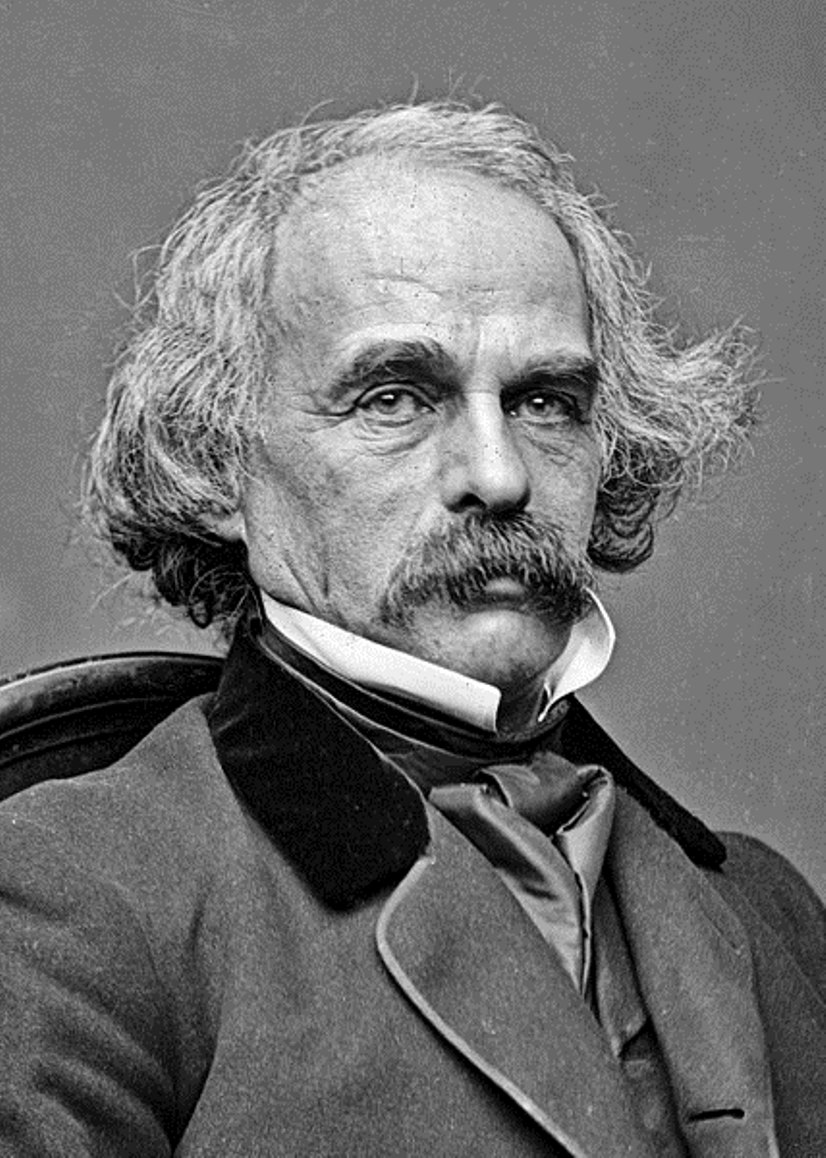
Nathaniel Hawthorne is an American writer and author.
Hawthorne is a recognized short story writer and a master of allegorical and symbolic narrative. One of the first fiction writers in American literature, he is best known for his works The Scarlet Letter (1850) and The House of Seven Gables (1851). Hawthorne's artistic works are considered part of the American Romantic movement and, in particular, of so-called dark Romanticism, a popular mid-19th-century fascination with the irrational, the demonic, and the grotesque.

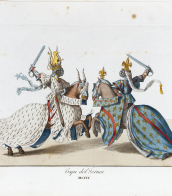
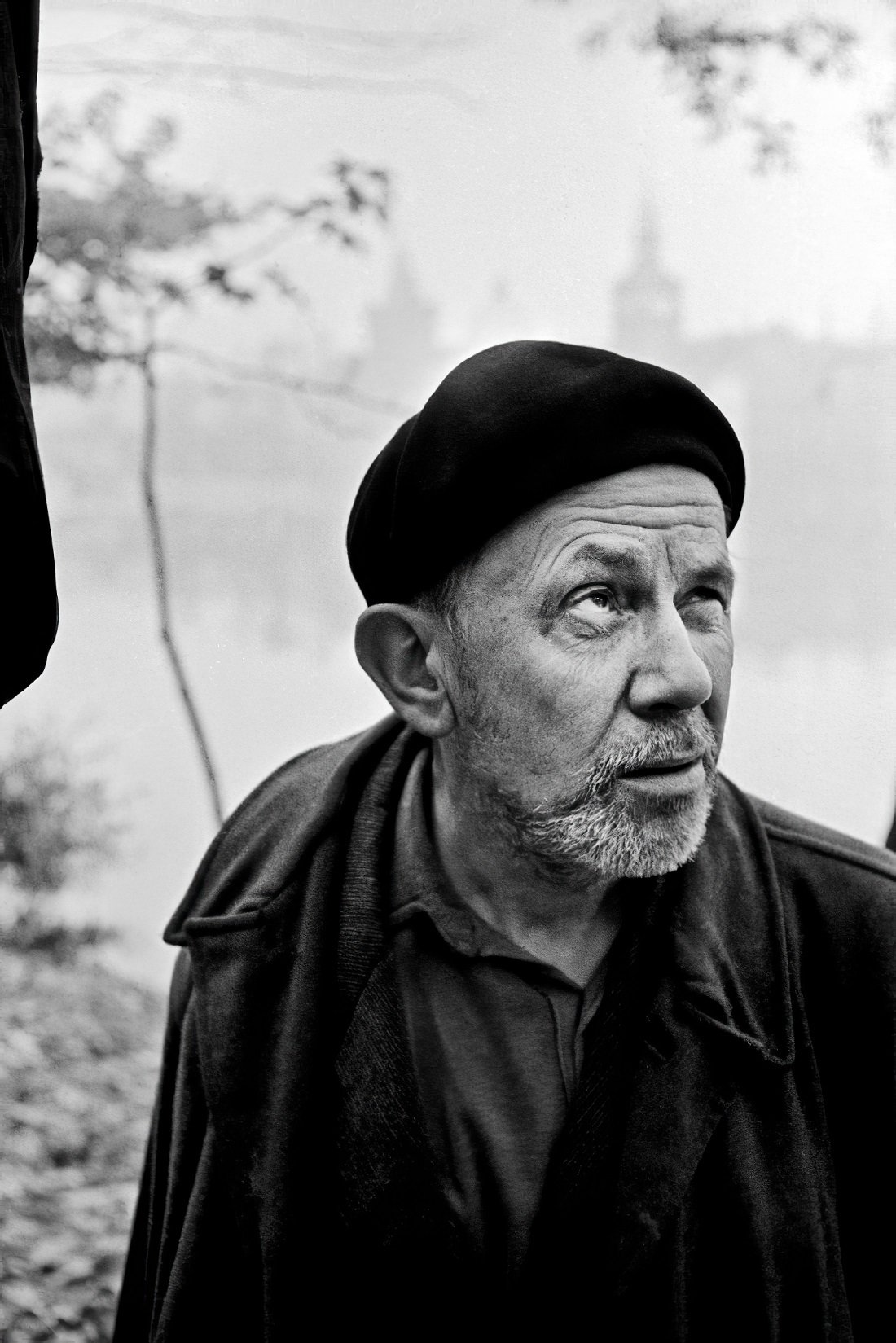
Josef Sudek was a Czech photographer known for his poetic images of Prague and its surroundings. He initially studied bookbinding before becoming interested in photography.
Sudek is known for his use of the large format camera, which allowed him to create highly detailed and nuanced images. He often photographed still lifes, landscapes, and architecture, but his most iconic images are his atmospheric images of Prague, which he captured over the course of several decades.
Sudek's photography is characterized by its emphasis on light, shadow, and texture, and his images often have a dreamlike or poetic quality. He also experimented with different printing techniques, including platinum printing, which gave his photographs a soft and velvety texture.
Despite facing numerous challenges throughout his life, including losing an arm in World War I and facing political persecution during the Communist regime in Czechoslovakia. Today, he is considered one of the most important photographers of the 20th century, and his work is held in major collections around the world, including the Museum of Modern Art in New York and the National Gallery in Prague.
